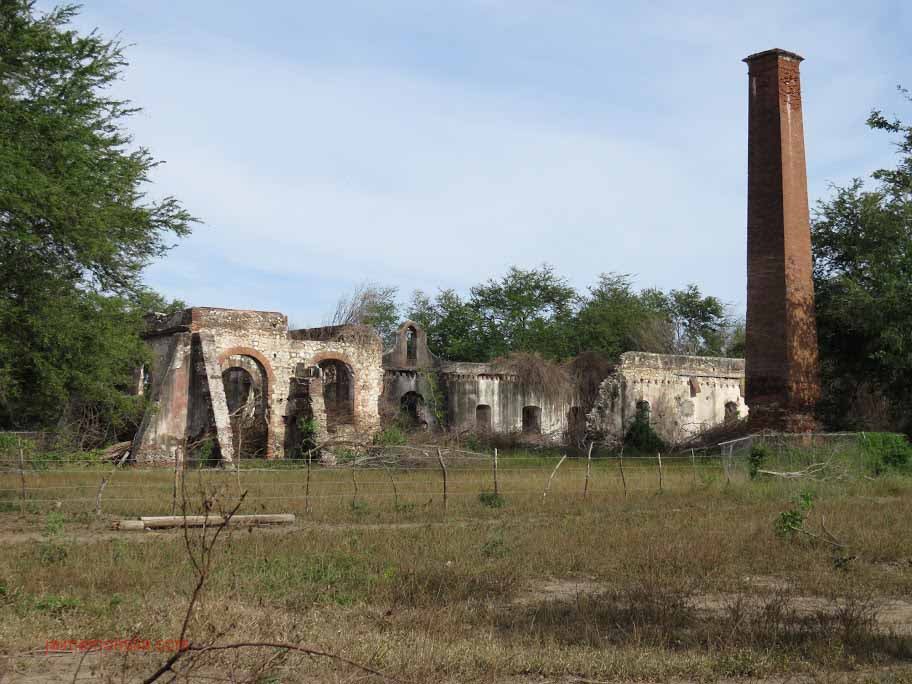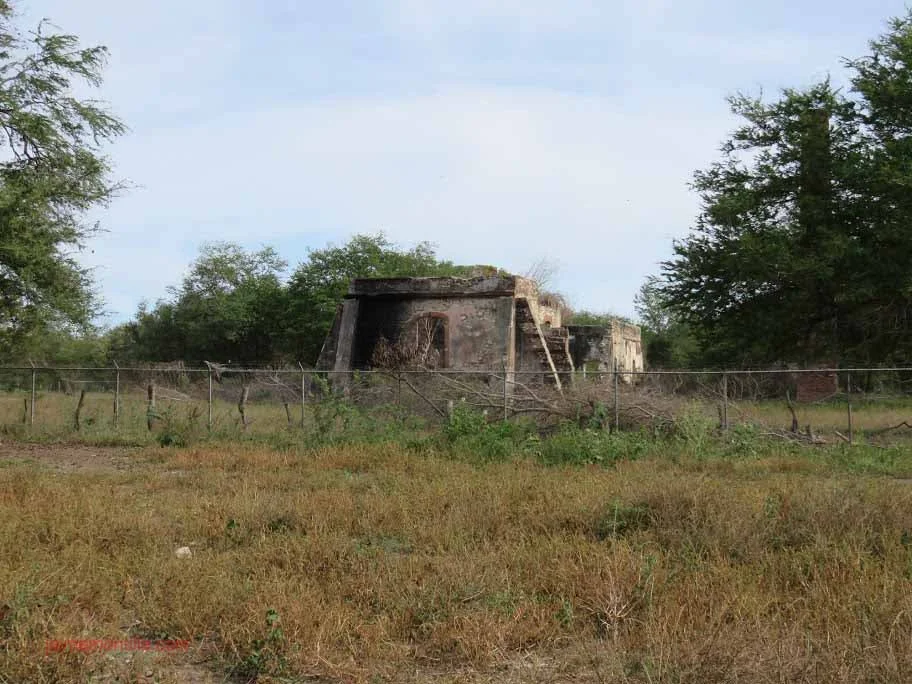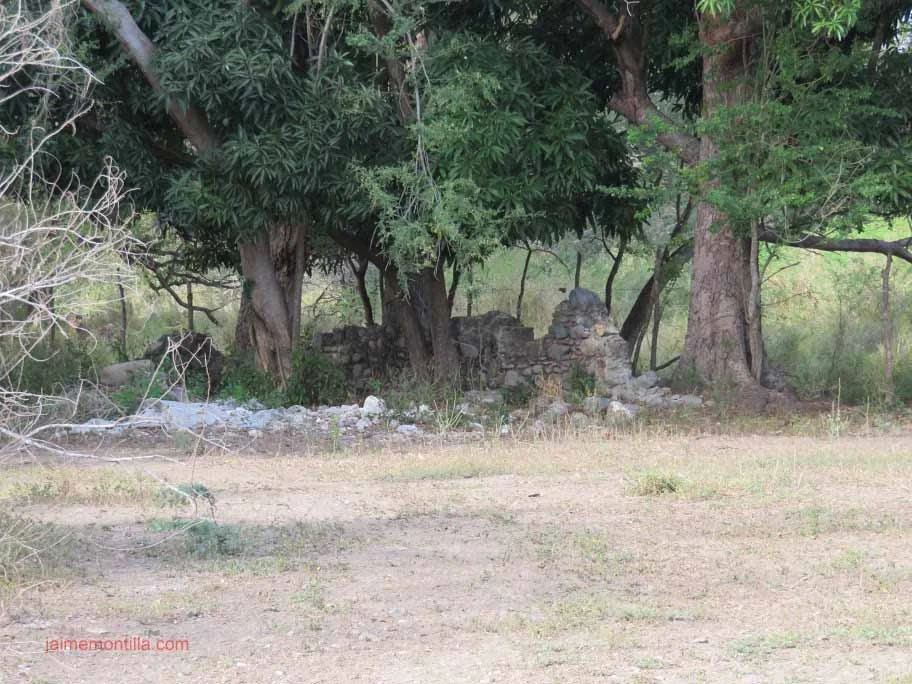
Hacienda Unión (Ponce)
Guillaume Dubocq (1771-1834) was a French immigrant from Libourne, Gironde, France. He emigrated to French Saint Domingue where he became a wealthy merchant in Port-au-Prince and where he married Haiti born Marie-Anne Françoise Trochon de Loriére (1773-1848). Due to the Haitian Revolution they left Saint Domingue for Philadelphia where he became a naturalized citizen in 1804.
In 1830 Dubocq moved to Saint Thomas, then part of the Danish West Indies with one of his sons. In 1831 he moved to Ponce encouraged by the Royal Decree of Graces of 1815 and received his Letter of Domicile in 1833. Since 1826, Alexander Harang ( -1836), an 1818 immigrant from Louisiana, had invested some 40,000 pesos in improving Hacienda Los Meros, a large-scale cattle raising and cotton growing farm, and Hacienda Pampanos, a sugar plantation with a steam-driven mill and over 60 slaves. In 1831, shortly after Dubocq's arrivaI in Ponce, Harang leased him 50% of Hacienda Los Meros and subleased 50% of Hacienda Pampanos which had leased in 1826 from the estate of Frenchman Pedro Gautier.
Guillermo had six children one of which was Stephen Julius "Julio" Dubocq (1814-1868) born in Philadelphia. Upon the death of his father in 1834, he inherited the elder Dubocq's participation in Hacienda Pampanos and Hacienda Los Meros which remainder he bough in 1836 upon the death of Harang.In 1836 he also bought Hacienda Unión in partnership with Spanish immigrant from Catalonia Esteban Domenech. In 1839, Julio sold his 50% partnership interest in Hacienda Union to Domenech who then became sole owner.
At the time, Domenech was or had been owner of Hacienda Vayas also in Ponce and by 1844 owned Hacienda Fortuna in partnership with jaime Guilbee. In the 1830s he had a moneylending partnership with Francisco Marich. From 1845 to 1849, Dubocq was a planter and wholesaler in partnership with G. Laporte. From 1849 he was a principal in Dubocq, Gamon & Co., a Ponce firm shipping sugar and other products to the U.S.
In the 1845 Census, Dubocq owned Hacienda Los Meros and another hacienda in partnership with David Casimiro Laporte ( -1853) valued at 116,000 pesos which included 119 slaves. In 1846, Dubocq & Laporte owned an unidentified hacienda with 1,000 cuerdas of which 275 were used to grow sugarcane. Laporte owned Hacienda Serrano outright, so we dont know which hacienda was the one owned in partnership with Dubocq as reported by Francisco A. Scarano in his book Haciendas y Barracones: Azucar y Esclavitud en Ponce PR 1800-1850.
Dubocq married Juana Modesta Roux (1818-1893) born in Yabucoa to French immigrants. They had ten children among them Julia Agustina Dubocq Roux (1849-1885). Julia was the first wife of Spanish immigrant from Ampurdán, Catalonia José Gallart y Forgas (1838-1898), well known in the sugar industry at the time, owner of Central Reparada, Hacienda Serrano and Hacienda Fortuna. From their marriage they had two children, after Julia's death at the age of 36, Gallart then married Mercedes Folch Parellada and had ten children.
Although Gallart had established residence at the Rambla in Barcelona, in 1895 he commissioned Architec August Font i Carreras the design of a summer home in the outskirts of Barcelona, pictured below. Originally known as Casa Gallart and now as Palau de Les Heuresor Palace of the Ivys, Gallart died three years later and could spend only two summers there.
Ca. 1846 José Antonio Torruella acquired Hacienda Unión. His ownership is verified by water rights granted him as owner of Hacienda Unión on October 2, 1846 and again on January 10, 1879 to take water from the Jacaguas River for irrigation purposes. Upon his death ca. 1900, ownership of the hacienda passed to the Sucn. Torruella.
In one of the pictures, you can see the bell used to send messages to workers in the fields. The picture of the smoke stack at a distance is the smoke stack of Central Fortuna and shows how close Hacienda Unión was to Hacienda Fortuna. The last three drone pictures were taken and made available by Carlos Alemán, in one of them you can see Fortuna's chimney.









